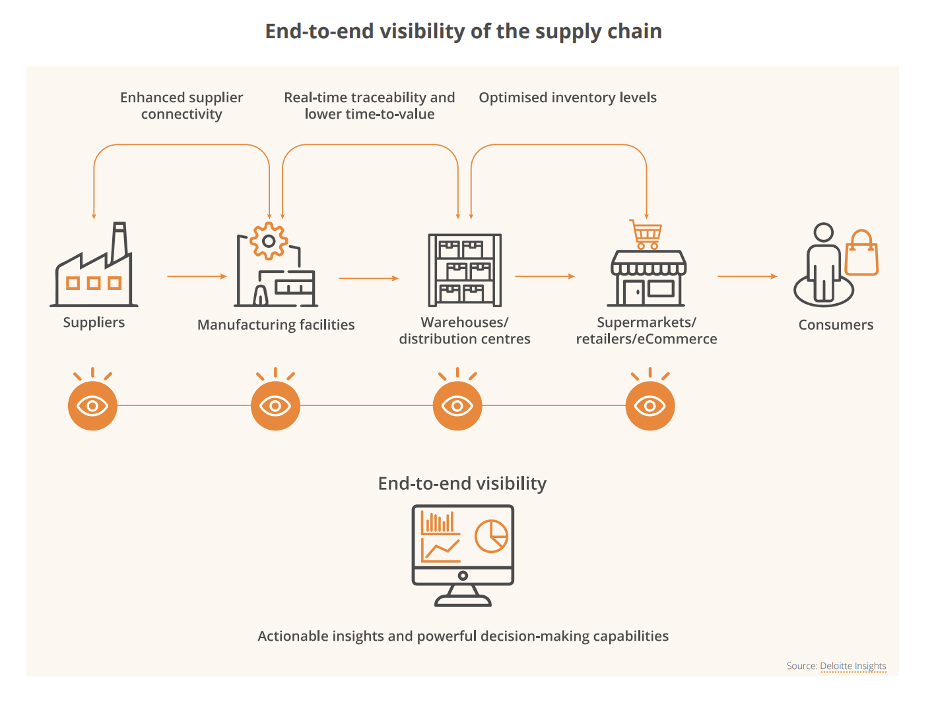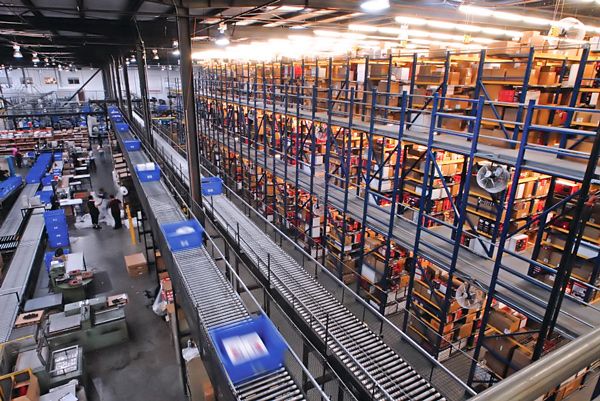How to Improve Supply Chain Visibility
In today’s rapidly evolving technological landscape, businesses are constantly seeking ways to improve their supply chain management processes. One of the key factors in a successful supply chain is visibility – the ability to track and monitor the movement of products and materials throughout the entire supply chain. Improved visibility not only enhances operational efficiency but also enables businesses to better respond to changing market conditions and customer demands. In this article, we will explore some effective strategies for enhancing supply chain visibility.
Utilize Advanced Tracking Technologies
One of the most effective ways to improve supply chain visibility is by leveraging advanced tracking technologies such as RFID tags, barcode scanners, and GPS systems. These technologies allow businesses to accurately track the movement of products and materials in real-time, providing them with valuable data on inventory levels, shipment status, and delivery times. By implementing these tracking technologies, businesses can reduce the risk of lost or misplaced items, minimize delays in transportation, and improve overall supply chain efficiency.
Implement a Cloud-Based Supply Chain Management System
Another key strategy for enhancing supply chain visibility is to implement a cloud-based supply chain management system. Cloud-based systems enable businesses to store and access data from anywhere, at any time, making it easier to track and monitor the flow of goods throughout the supply chain. These systems also provide real-time updates on inventory levels, order status, and shipment tracking, allowing businesses to make informed decisions quickly and efficiently. Additionally, cloud-based systems can be easily integrated with other business applications, further enhancing visibility and streamlining supply chain operations.
Establish Collaborative Partnerships with Suppliers and Logistics Providers
Collaboration is crucial for improving supply chain visibility. By establishing strong partnerships with suppliers and logistics providers, businesses can share data and information more effectively, leading to greater transparency and better coordination across the supply chain. Collaborative partnerships also enable businesses to proactively identify and address potential issues or bottlenecks in the supply chain, reducing the risk of disruptions and delays. By working closely with suppliers and logistics providers, businesses can improve visibility, increase efficiency, and drive overall supply chain performance.
Utilize Data Analytics and Predictive Modeling
Data analytics and predictive modeling have become invaluable tools for optimizing supply chain visibility. By analyzing large volumes of data from various sources, businesses can gain valuable insights into supply chain performance, identify trends and patterns, and predict future demand. This data-driven approach enables businesses to make more informed decisions, optimize inventory levels, and improve overall supply chain efficiency. By using data analytics and predictive modeling, businesses can enhance visibility, reduce costs, and increase customer satisfaction.
Invest in Employee Training and Education
Finally, investing in employee training and education is crucial for improving supply chain visibility. Employees play a critical role in managing and overseeing the supply chain, and ensuring that they have the necessary skills and knowledge is essential for success. By providing training on supply chain management best practices, data analysis techniques, and new technologies, businesses can empower their employees to make better decisions, improve visibility, and drive overall supply chain performance.
In conclusion, supply chain visibility is a key component of successful supply chain management. By utilizing advanced tracking technologies, implementing cloud-based systems, establishing collaborative partnerships, leveraging data analytics, and investing in employee training, businesses can improve visibility, enhance efficiency, and drive overall supply chain performance. By following these strategies, businesses can stay ahead of the competition, adapt to changing market conditions, and deliver exceptional customer service.


